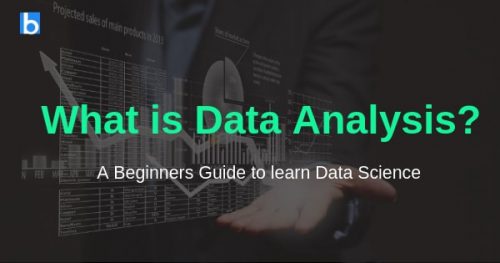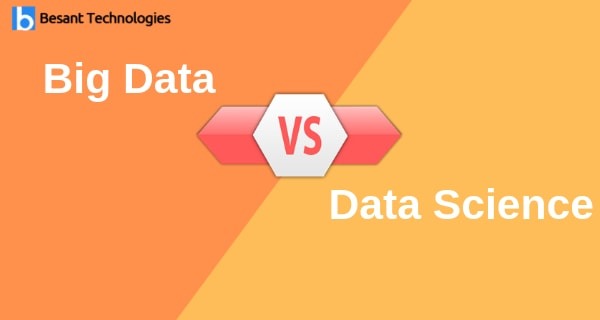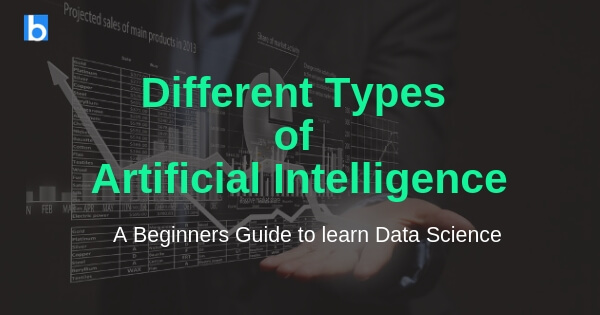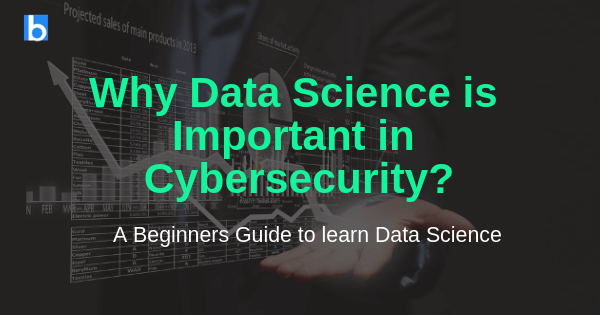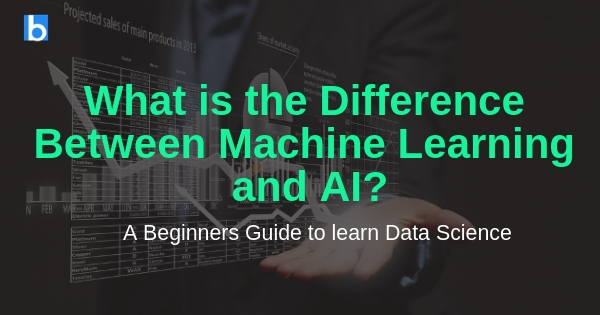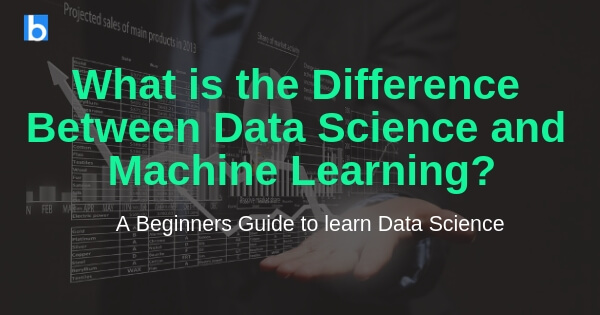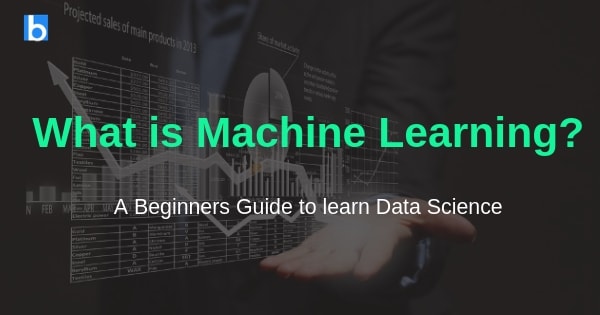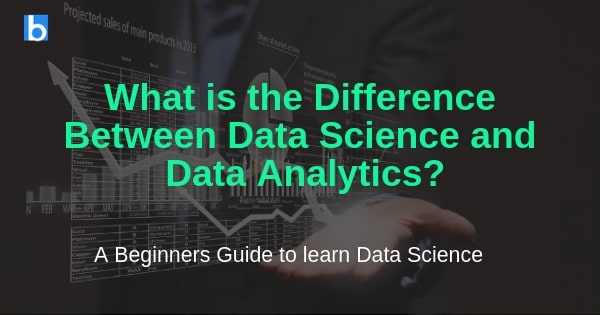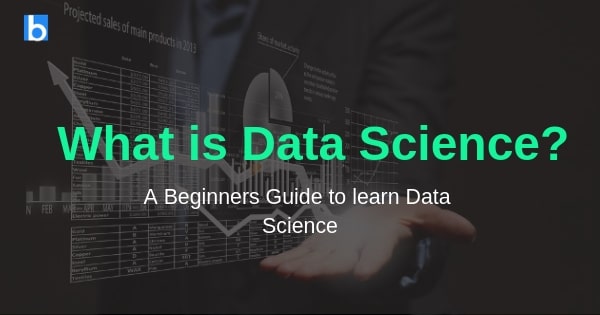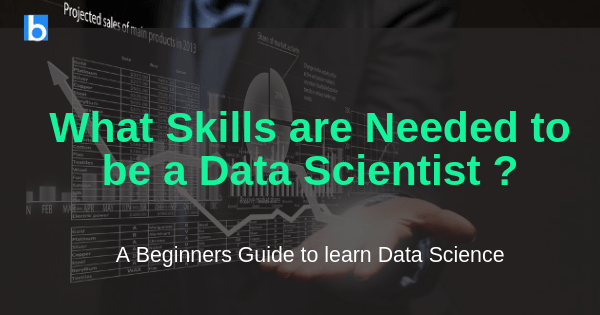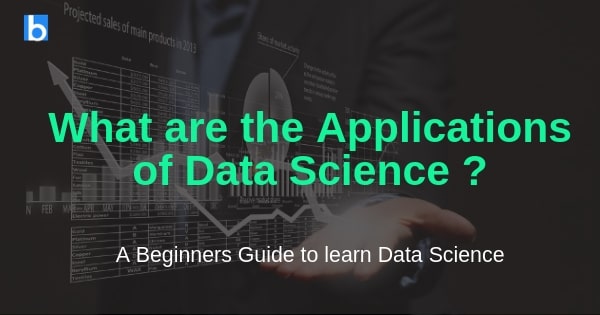Data analysis (DA) is the process of examining data sets to draw conclusions about the information they contain, increasingly with the help of specialized systems and software. Data analysis technologies and techniques are widely used in commercial industries to enable organizations to make more informed business decisions and researchers and researchers can verify or disprove scientific models, theories and hypotheses.
The term data analysis refers mainly to a range of applications ranging from basic business analysis (BI), analytical reports and online processing (OLAP) to various forms of advanced analysis. In this sense, it has a character similar to business analysis, another term that defines the approaches to data analysis, with the difference that the latter focuses on business applications, while data analysis has a wider scope. However, the extended view of this term is not common: in some cases, people use data analysis specifically to denote advanced analytics, treating BI as a separate category.
Data analysis initiatives can help companies increase revenue, improve operational efficiency, optimize marketing campaigns and customer service efforts, respond more quickly to emerging market trends and gain a competitive advantage over its rivals, all with the ultimate goal of increasing business efficiency. Depending on the particular application, the data that is analyzed may consist of historical records or new information that has been processed for analytical applications in real time. In addition, it can come from a combination of internal systems and external data sources.
Become a Data Science Certified Expert in 25Hours
Types of data analysis applications
At a high level, data analysis methodologies include exploratory data analysis (EDA), whose purpose is to find patterns and relationships in the data, and data confirmatory analysis (CDA), which uses statistical techniques to determine whether the hypotheses of the data set are true or false. The EDA is often compared to detective work, while the CDA is similar to the work of a judge or jury during a court hearing, a distinction that was first made in the statistics of John W. Tukey in his book of 1977. Analysis of exploration data.
Data analysis can also be divided into quantitative data analysis and qualitative data analysis. The first includes the analysis of numerical data using quantifiable variables that can be compared or measured statistically. The qualitative approach is more interpretive: it focuses on understanding the content of non-numerical data, such as text, images, audio and video, including common phrases, themes and points of view.
Become a Data Science Certified Expert in 25Hours
At the application level, BI solutions and reports provide business executives and other corporate employees with access to useful information about key performance indicators, business operations, customers and more. In the past, BI programmers working in IT or a centralized BI team created data queries and reports for end users. Today, organizations are increasingly using self-service BI tools that allow contractors, business analysts and operational employees to conduct their own ad-hoc queries and create reports independently.
The most advanced types of data analysis include data mining, which involves the classification of large data sets to identify trends, patterns, and relationships; predictive analysis, which aims to predict customer behavior, hardware failures and other future events; and machine learning, artificial intelligence technique that uses automated algorithms to move faster towards data sets than what scientists can do with conventional analytical modelling. Large data analysis uses data extraction, predictive analytics, and machine learning tools in sets of large datasets that often contain unstructured and semi-structured data. Text scanning allows you to analyze documents, emails and other text content.
Get Data Science online Training
Data analysis initiatives are compatible with many different business applications. For example, banks and credit card companies analyze payment patterns and expenses to avoid fraud and identity theft. E-commerce companies and marketing service providers conduct a click flow analysis to identify site visitors who are most likely to buy a specific product or service based on browsing and browsing patterns. Mobile network operators analyze customer data to forecast the game so that they can take measures to avoid confusion against business rivals; To increase their efforts in customer relationship management, they and other companies also participate in the CRM analysis to divide customers into marketing campaigns and provide call centre personnel with updated information about callers. Health organizations collect patient data to evaluate the effectiveness of cancer treatment and other diseases.
To getting expert-level training for Data Science Training in your location –Data Science Training in Chennai | Data Science Training in Bangalore | Data Science Training in Pune | Data Science Training in Tambaram
